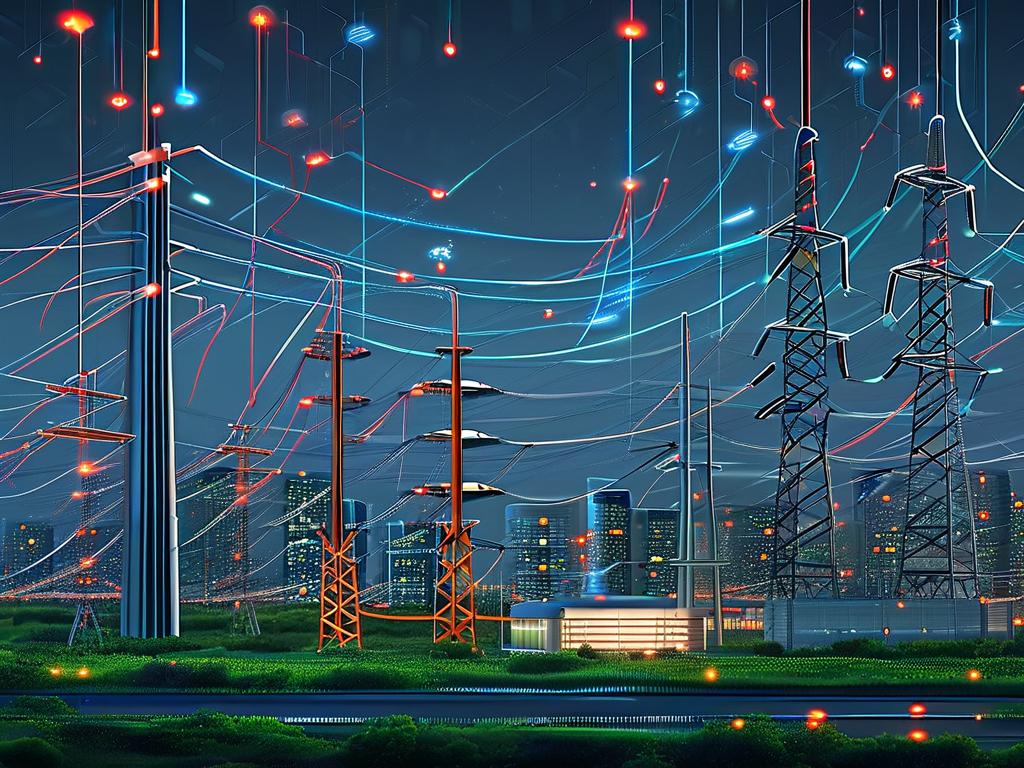The digital transformation era has ushered in a paradigm shift in how organizations design, deploy, and manage IT infrastructure. At the heart of this evolution lies distributed cloud architecture, a revolutionary approach combining the scalability of cloud computing with the resilience of distributed systems. This article explores its technical foundations, real-world applications, and implications for modern enterprises.
1. Defining Distributed Cloud Architecture
Distributed cloud architecture decentralizes computing resources across multiple geographic locations while maintaining unified management through a central control plane. Unlike traditional centralized clouds, it strategically positions compute/storage nodes at edge locations, colocation facilities, and hybrid environments. Key components include:
- Geo-distributed microservices: Independently deployable modules operating across zones
- Decentralized data layers: Sharded databases (e.g., Cassandra) and distributed file systems (e.g., Ceph)
- Intelligent orchestration: Kubernetes clusters with topology-aware scheduling
- Unified security fabric: Zero-trust architecture with edge-to-core encryption
2. Core Technical Advantages
2.1 Latency Optimization
By processing data closer to users (sub-10ms response times in 5G environments), distributed clouds enable real-time applications like autonomous vehicles and AR/VR. Content delivery networks (CDNs) now handle 80% of web traffic through distributed caching nodes.
2.2 Fault Tolerance
The architecture achieves 99.999% uptime through:
- Byzantine Fault Tolerance (BFT) consensus mechanisms
- Multi-cloud failover strategies
- Automated health checks and self-healing containers
2.3 Regulatory Compliance
Data residency requirements (GDPR, CCPA) are met through policy-driven data gravity management. Financial institutions like HSBC use distributed clouds to keep regional transaction data within sovereign borders.
3. Implementation Challenges
3.1 Network Complexity
Maintaining consistent performance across distributed nodes requires:
- SD-WAN with AI-driven traffic shaping
- Time synchronization via Precision Time Protocol (PTP)
- Multi-region VPC peering with <20ms inter-node latency
3.2 Security Risks
Expanded attack surfaces demand:

- Hardware Security Modules (HSMs) at edge locations
- Confidential computing with Intel SGX/TDX
- Blockchain-based audit trails for access logs
3.3 Cost Management
While reducing bandwidth costs by 40%, distributed architectures introduce new expenses:
- Edge node maintenance contracts
- Cross-cloud data transfer fees
- Talent gap: 68% of enterprises report shortages in distributed systems engineers
4. Cutting-Edge Use Cases
4.1 Smart Cities
Barcelona's IoT infrastructure uses distributed clouds to process 1.2 million daily sensor events across 1,500 edge nodes, reducing central cloud costs by 60%.

4.2 Healthcare 4.0
MRI analysis pipelines now combine edge devices (NVIDIA Clara) with distributed machine learning models, cutting diagnosis times from hours to minutes.
4.3 Financial Trading
High-frequency trading platforms achieve 700ns order execution latency through FPGA-accelerated edge nodes colocated with stock exchange servers.
5. Future Evolution
Emerging innovations will reshape distributed cloud landscapes:
- Quantum-secure networking: Post-quantum cryptography integration by 2026
- Autonomous edge: Self-organizing node clusters using swarm intelligence algorithms
- Energy-aware orchestration: Carbon footprint reduction through AI-driven workload placement
Gartner predicts that 75% of enterprises will adopt distributed cloud strategies by 2027, driven by 5G/6G rollouts and Web3 requirements. However, success demands meticulous planning – from choosing between service mesh architectures (Istio vs. Linkerd) to implementing distributed tracing systems like OpenTelemetry.
In , distributed cloud architecture represents not just a technical upgrade, but a fundamental rethinking of digital infrastructure. As organizations navigate this transition, they must balance technical ambitions with operational realities, ensuring their architectures remain adaptable to tomorrow's undiscovered challenges.









